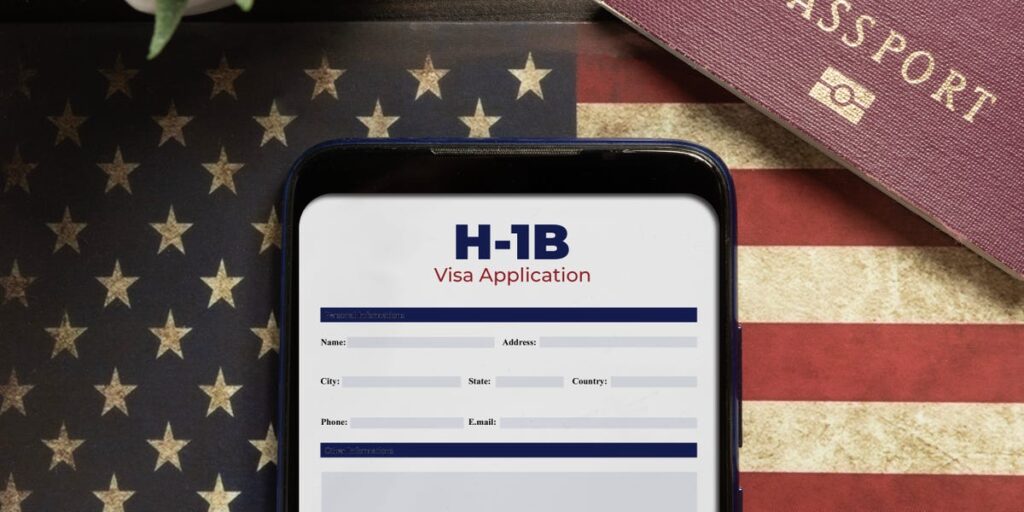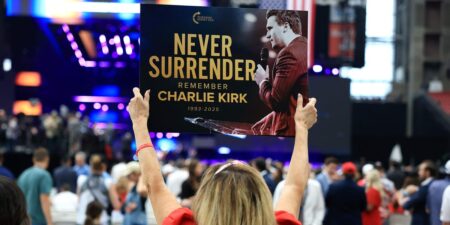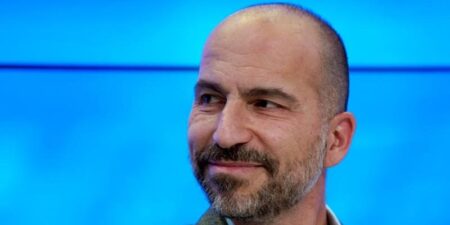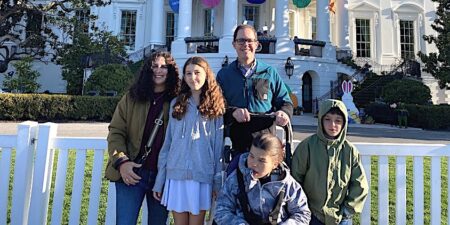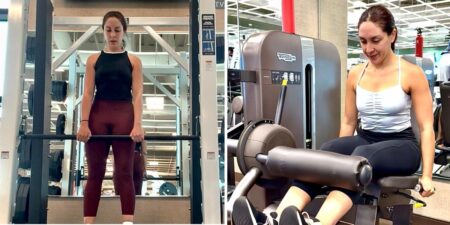As the saying goes: when one door closes, another opens.
President Donald Trump on Friday changed the rules of the H-1B visa program, which provides skilled foreign professionals permission to work in the United States.
His executive order, which raised the visa application fee for new applicants from under $10,000 to $100,000, scrambled stakeholders around the world. Tech giants such as Amazon and Microsoft issued travel advisories to their visa-holding staff, warning them to stay in the US or return to the country within 24 hours.
In the midst of the chaos, some immigration specialists pointed to a possible side door for qualified applicants: the O-1 or “Einstein” visa.
For applicants with ‘extraordinary ability’
The USCIS policy manual says the O-1 visa allows immigrants with “extraordinary ability” to work in the US for up to three years. Applicants must have “sustained national or international acclaim” in the sciences, education, business, athletics, or the arts to obtain O-1 status.
Eight criteria are considered in an O-1 application, including:
- The receipt of nationally or internationally recognized prizes or awards for excellence in their field
- Membership in professional associations that require outstanding achievements of their members, as judged by experts in their disciplines
- Published material in professional or major trade publications or major media about the applicant relating to their work
- Evidence of the applicant’s participation as a judge of the work of others in the same or a similar field of specialization
- Evidence of the applicant’s original scientific, scholarly, or business-related contributions of major significance
- Evidence of the applicant’s authorship of scholarly articles, professional journals, or other major media in the field
- Evidence that the applicant has worked in a critical role or essential capacity for employers that have a distinguished reputation
- Evidence that the applicant has either commanded a high salary or will command a high salary in their work
To be eligible, an applicant must meet at least three of the criteria — though more make for a stronger application, Logan Ullyott told Business Insider. Ullyott is an O-1 visa holder and the founder of Compass Visas, a firm that specializes in visa and green card support for people in business and tech.
“The O-1 is an occupation-agnostic visa,” Ullyott said. “You could get an O-1 if you’re an engineer or a researcher, you can also get it if you’re an influencer, a cook, or really any occupation. So it’s a more wide-open visa category, and it’s intended to go to people who can demonstrate that they are at the top of their field.”
A specialized alternative to the H-1B
Tanush Sharanarthi, an IBM software engineer, told Business Insider that he failed to get an H-1B visa three times before applying for an O-1 visa this August.
Sharanarthi said he landed the O-1 visa by highlighting six years of work in his field of artificial intelligence, including research papers and his experience reviewing other research and judging hackathons.
“This is not something I specifically did for the O-1 visa,” Sharanarthi said. “This was something I was doing previously as well. It just lined up really nicely for me.”
Unlike the H-1B visa, which has become so popular that beneficiaries are decided via a lottery system once a year, there is no cap on the number of O-1 visas the country will grant each year.
Applications are also accepted for the O-1 visa on a rolling basis, and applicants can pay an expedited processing fee of around $2,800 to receive a determination within 15 days, rather than waiting for the springtime lottery for an H-1B.
Overall, the cost of the O-1 application was somewhat higher than that of the H-1B before Trump’s executive order increasing the application fee.
Karan Vaidya, the cofounder of the AI company Composio and an O-1 visa holder, told Business Insider that his O-1 visa, which was granted earlier this year, cost less than $10,000, including legal fees.
While both the H-1B and O-1 visas require an employer’s sponsorship to be processed, the O-1 has a key benefit over the H-1B, Ullyott said: its renewability.
“It’s a three-year visa that can be renewed over and over and over, whereas an H-1B is typically six years, and then you have to have a permanent residency underway,” Ullyott said. “So you can be on an O-1 for an indefinite period of time — I think I’m on my fifth O-1 at the moment.”
There is a drawback, however, Ullyott said. In addition to being less expensive, the H-1B visa process is more straightforward and less subjective than the O-1, so some employers are hesitant to take the chance on an O-1 application if there’s any ambiguity in whether the candidate is qualified.
“It’s hard to prove yourself extraordinary, but if you think you have that kind of criteria fulfilled, I think it’s an amazing visa,” Vaidya said.
Read the full article here







